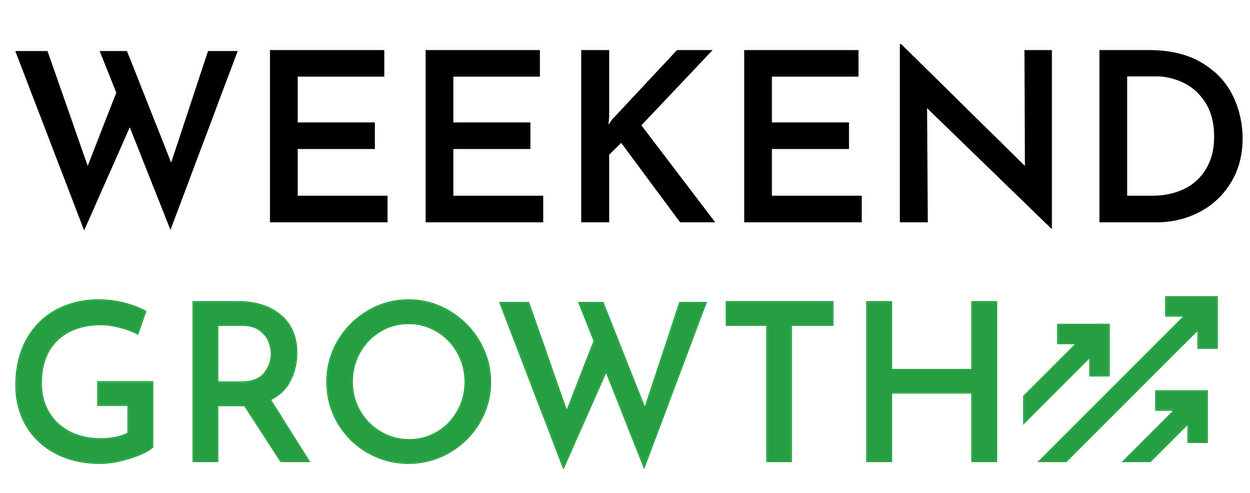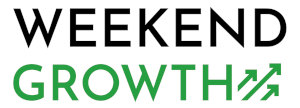Topical Authority is all the rage these days, and for good reason. Here’s a comprehensive way to build topical authority.
I chose to cover this topic through our agency’s approach to Cornerstone Pages, Supporting Articles, and their relation to your website’s specific way of monetizing.
And, I even included a TLDR for you, but it’s at the end!
Quick Navigation
1. What Are Cornerstone Pages?
Cornerstone pages, also known as pillar pages, are the main pages on your website that provide high-level information about a particular topic.
These pages typically target the most broad, high level topics related to your industry or niche. Think of them as the foundation or ‘cornerstone’ of your website’s content.
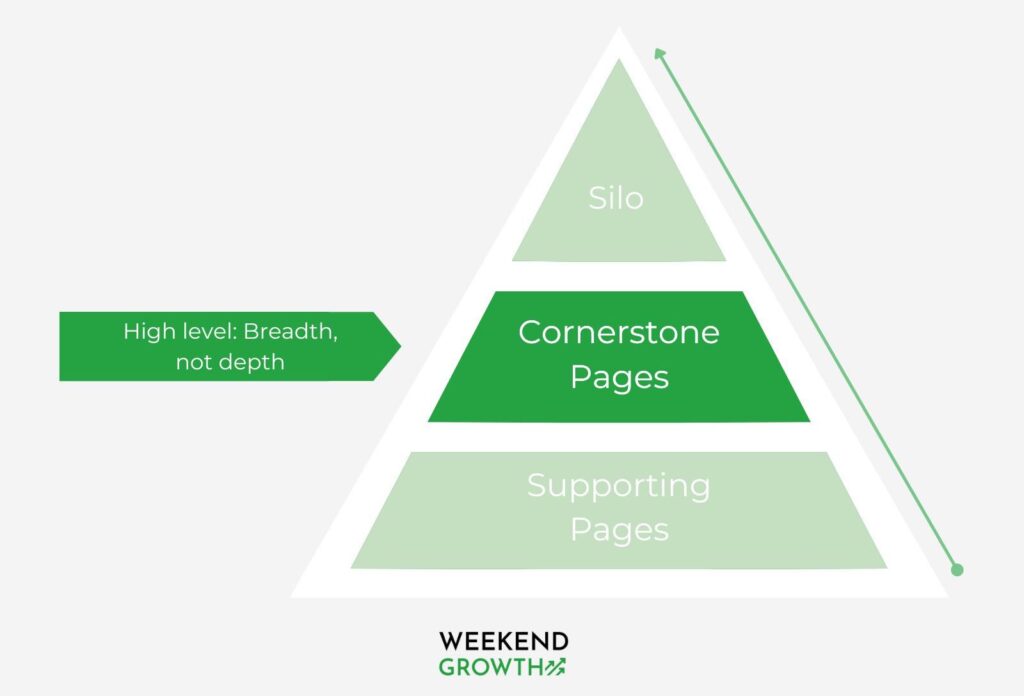
For example, if you run a fitness blog, you might have cornerstone pages about “Leg Exercises,” “Cardio Exercises,” “Ab Exercises,” and so forth.
These pages should provide comprehensive overviews of their respective topics, and should be the best and most complete content you have on that particular subject.
However, they typically stay high level and don’t go into depth on the various micro topics. Think breadth, not depth.
Demand for Website Reviews has picked up, and we only have time for 2 of these per week. Make sure to check out our Website Review !
2. What Are Supporting Pages?
Supporting pages, as their name suggests, are designed to support your cornerstone pages. They cover subtopics or specific aspects of the topic covered on the cornerstone page.
They typically target long-tail keywords that are less competitive. As a result, these pages often rank higher and faster.
Let’s suppose you have a cornerstone page for your fitness blog that is “Cardio Exercises.” This page would provide a comprehensive overview of cardio exercises, their benefits, and general information on how to perform them safely.
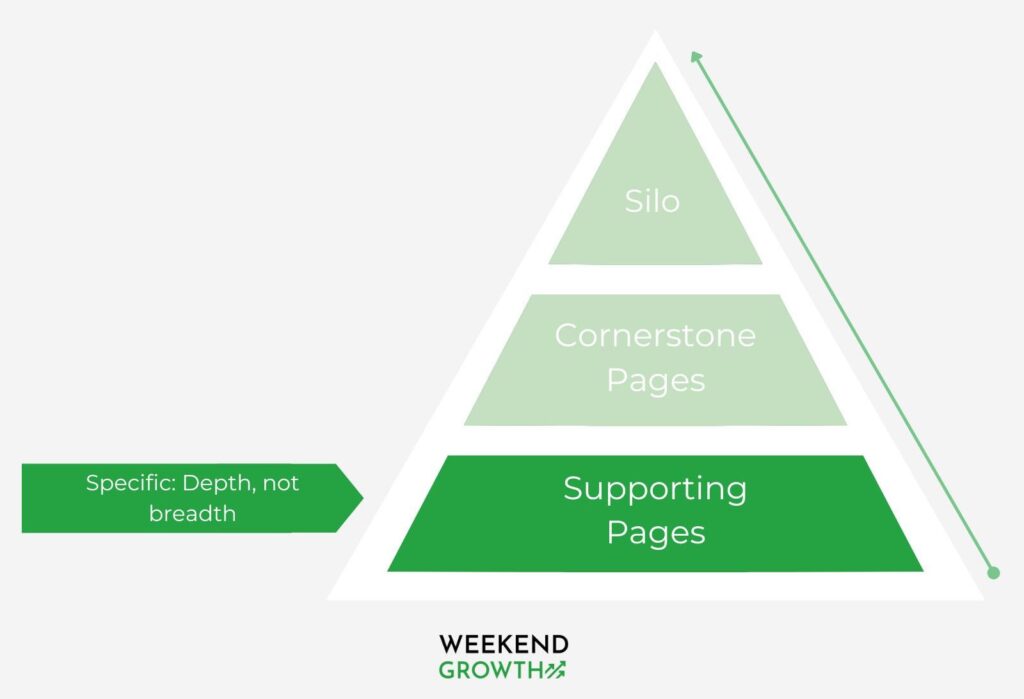
To support this cornerstone page, you could create several supporting pages targeting specific long-tail keywords related to cardio exercises. Here are a few examples:
- The Benefits of Morning Cardio Workouts
- HIIT Workouts: A Comprehensive Guide
- How to Incorporate Cardio into Your Home Workout Routine
- Understanding the Role of Cardio in Weight Loss
- Low-Impact Cardio Workouts for Seniors
- Best Cardio Exercises for People with Knee Problems
Think depth, not breadth.
3. What Are Revenue Pages?
Revenue pages, also sometimes referred to as money pages, are the pages on your website where conversions happen. Essentially, they are the pages that directly generate income for your business.
There are several types of revenue pages, and the specifics can vary depending on the nature of your website or business.
Here are some common examples:
- Product Pages: If you run an e-commerce store, your product pages are your primary revenue pages. These are the pages where customers decide whether to add an item to their cart and make a purchase.
- Service Pages: If you provide a service, the pages detailing your services are your revenue pages. This could include pages that explain your consulting services, veterinarian services, home repair services, etc.
- Affiliate Marketing Pages: Many of us monetize through affiliate marketing, and these would be our buying guides. Really, though, it can include product review pages, comparison pages, and ‘best of’ pages, etc.
These pages are high value, meaning they typically represent your highest earnings per page on your website.
With the Google Review Update environment, it’s important that your Cornerstone, Supporting, and Revenue pages are all intertwined with each other. Let’s talk about how to do that 👇
Cornerstone, Supporting, and Revenue Pages Together
The relationship between cornerstone pages, supporting pages, and revenue pages is crucial for SEO. By creating a structure around this, you help search engines understand the hierarchy of information on your site and which pages are most important.
Here is a classic example of how we approach these pages:
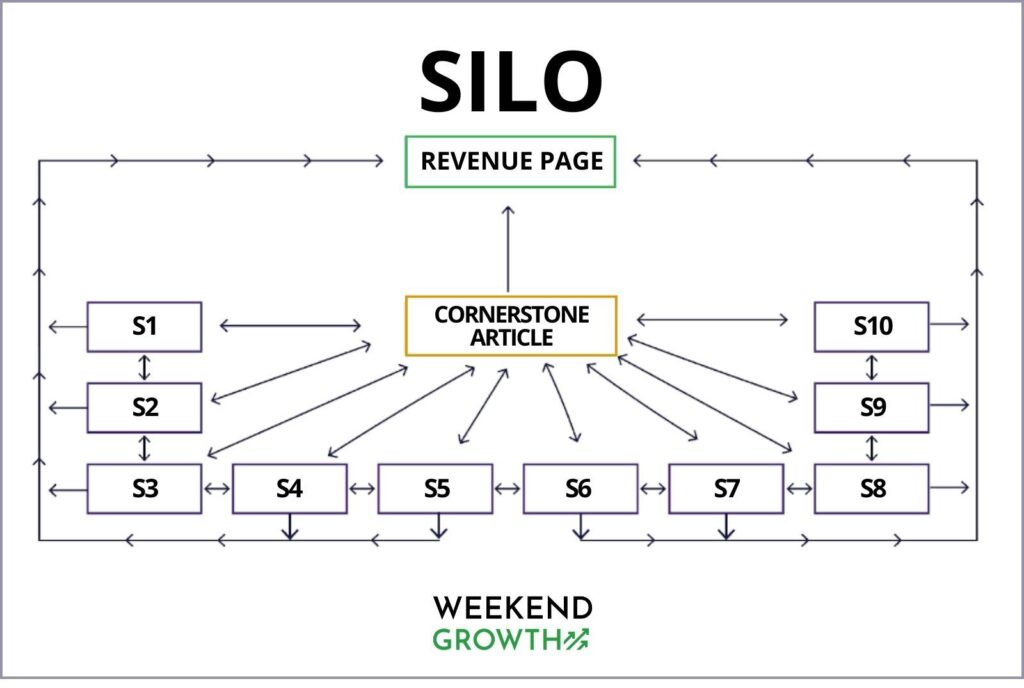
This is often implemented through internal linking strategies. Each supporting page should include a link back to its associated cornerstone page and revenue page. This helps distribute link equity to the cornerstone pages, potentially improving their search engine rankings.
We also link supporting pages to each other where relevant. This isn’t as essential, and you could argue that you are “wasting” your link equity on those supporting pages, rather than passing all of it to the cornerstone page.
In this case, I think the increase in relevancy that it brings to your entire silo of content is better. But I see the argument to both sides.
We help businesses every week with our comprehensive Strategic Content Plans – learn more here.
How All This Plays Into Topical Authority
Topical Authority is important these days.
Topical authority is a measure of authority you earn through quality content. More high-quality, informative articles mean more people will trust your website as an authoritative resource on a specific subject matter. Source
Links also play a role, but I’ll save that conversation for a different time.
Ironically, last month Google came out and publicly announced that topical authority was a “thing” and has been for many years now. So, there’s that too.
Having well-defined cornerstone, supporting, and revenue pages can significantly enhance your topical authority. Here’s why:
- Relevancy and Authority: By having a detailed cornerstone page supported by several in-depth supporting pages, you show search engines and users that you’re an authority on a given topic. This relevancy can improve your rankings.
- Internal Linking: By linking supporting pages to cornerstone pages, you create a strong internal linking structure. This helps search engines crawl and index your site and passes ‘link juice’ to your cornerstone pages.
- User Experience: This structure improves user experience by making your site more navigable and providing users with comprehensive resources on a particular topic.
- Keyword Rankings: By targeting broader keywords with cornerstone pages and long-tail keywords with supporting pages, you can rank for a variety of keywords and draw in more traffic.
An Example In the Wild
📈 One of our Cornerstone Articles is 1 year old today. Well, technically yesterday, but I figured I could round that a bit to make it sound better.
🎯 1,229 ranking keywords
🎯 62 #1 ranking keywords
🎯 74,031 pageviews ⭐
And, of course, where would an SEO case study be without the obligatory Ahrefs keyword and traffic graph:
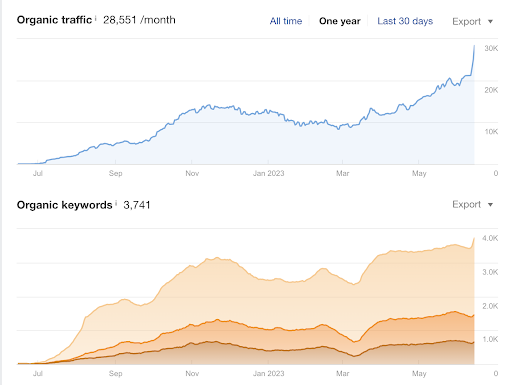
🔥 Let’s dive in: a Case Study with results 👇
For this specific website, we had our Content Plan done, and were ready to publish content. The Topical Silo research (included in all of our Content Plans) dictated that we needed the following for one of the Silos:
➡️ 63 supporting topics, each with an article needed about the topic
And so, as you’ve learned above, we needed a Cornerstone page to sit above all of that. We created and published our Cornerstone page on June 15, 2022:
- 2,935 words
- 8 unique proprietary images
- 2 custom graphics
- 2 WordPress tables
- 1 embedded video
Here’s what we did through the last 365 days:
- built 10 links
- added internal links to all 63 supporting articles
- added internal links to 3 related Revenue pages
- added 53 internal links to this article
Results
The results? Let’s look at keywords and rankings first:
🎯 1, 229 ranking keywords
🎯 62 #1 ranking keywords
Look at some of those keywords and rankings!
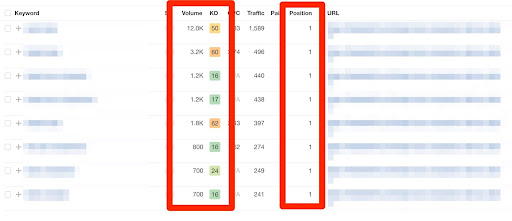
Keywords are great but traffic is all that really matters, right?
🎯 74,031 pageviews
🎯 11,790 pageviews in last 30 days
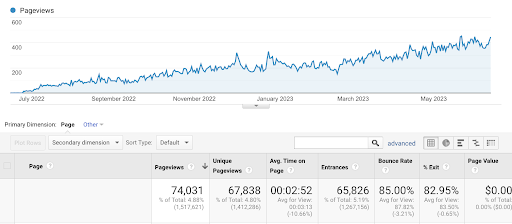
And then there are all the benefits to the Revenue pages this Cornerstone article is linking to…
Tying It All Together
TLDR? Too late, my guess is you did read! But, if you want the summary:
- Don’t write about random topics just because they are easy to rank for. Create content based on a larger, topical silo map and plan
- Build content “hubs” through cornerstone and supporting pages / articles.
- Stay focused on your internal linking strategy as it relates to cornerstone, supporting, and revenue pages
If you need help, we offer Strategic Content Plans to fully research and define ALL of this out! Or, for a much cheaper option, just have us review your website.
Let me know if you have any questions – I personally respond to every comment!
